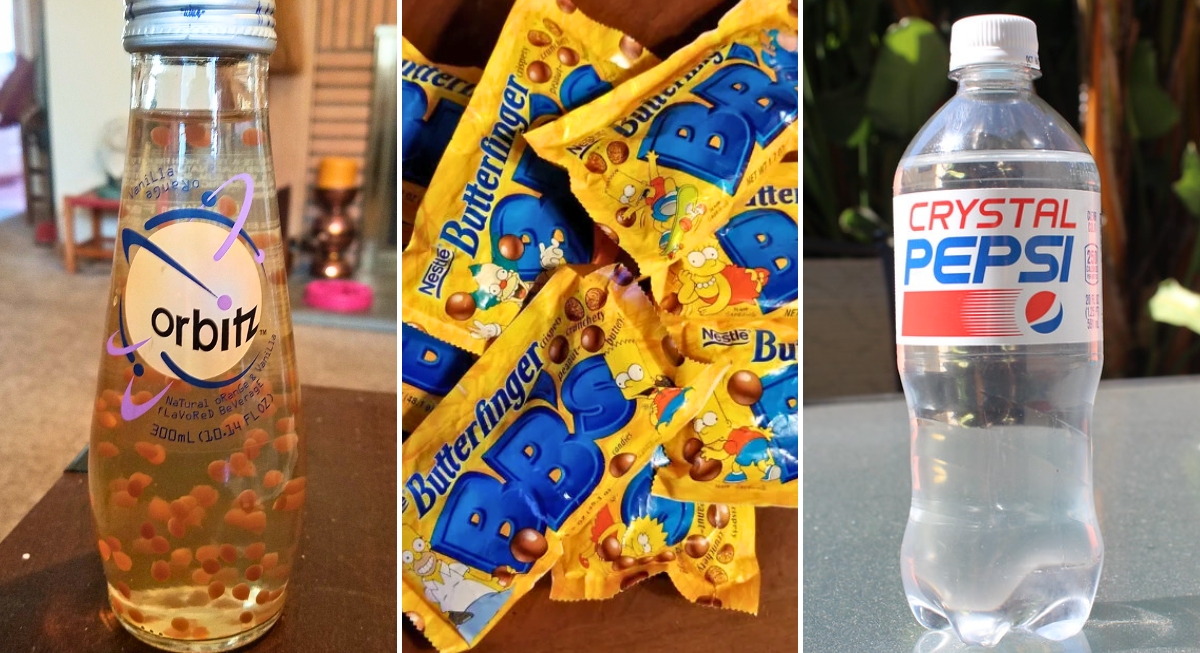Most of us already know that food affects how we feel. But beyond energy levels, the right choices also shape how long we stay well. Adding these ingredients doesn’t require a huge lifestyle shift, but just a little consistency.
They aid the body in running efficiently, protect you from chronic disease, and actually make meals more satisfying. If your meals feel off-balance lately, these are some of the foods worth consuming.
Nuts

Credit: Getty Images
There are many reasons why nuts keep showing up in longevity studies. They offer healthy fats and fiber, sure, but what really stands out is how consistently they play a role in disease prevention. A handful in 24 hours has been tied to reduced mortality rates over decades. Almonds, walnuts, and pistachios can all work as snacks or salad toppers.
Berries
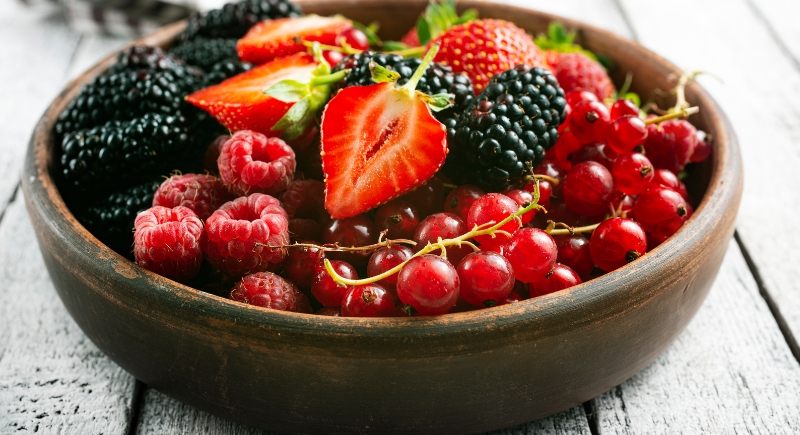
Credit: Canva
You can throw a scoop of berries into breakfast to boost flavor and nutrition with almost no effort. Frozen or fresh, they hold onto their fiber and antioxidants and bring a mild sweetness that doesn’t spike blood sugar. The deep reds and blues come from anthocyanins, which can reduce inflammation and improve brain health. Blueberries, raspberries, and blackberries all offer similar benefits, so it’s easy to rotate through them.
Beans
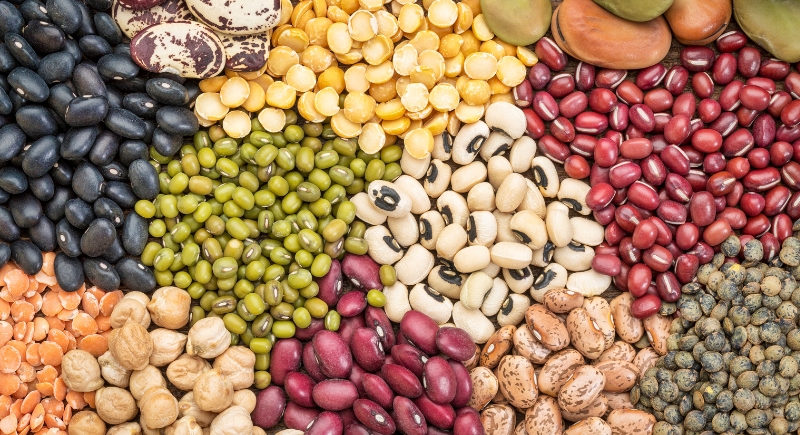
Credit: Getty Images
In areas where people often live past 90, beans are part of daily meals. Lentils, chickpeas, and black beans are some examples that offer the same benefits, like slow digestion and steady sugar levels. They keep you full longer and feed the bacteria in your gut that encourage healthy living.
Pomegranate
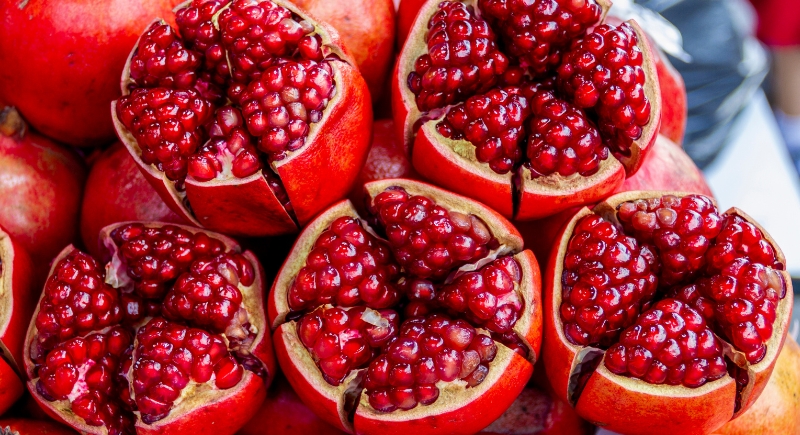
Credit: Getty Images
Popping pomegranate seeds into a bowl is oddly satisfying. They’re juicy, tart, and loaded with polyphenols that protect blood vessels. In one small but impressive study, just one ounce of pomegranate juice a day led to a big reduction in arterial plaque over a year.
Fatty Fish

Credit: pixabay
For people who eat salmon or sardines a few times a week, the heart benefits tend to stack up over time. Omega-3 fats reduce triglycerides and ensure that blood vessels are more flexible. That’s not just theory—blood tests show that people with higher omega-3 levels tend to live longer and have better cognitive scores later in life.
Mushrooms
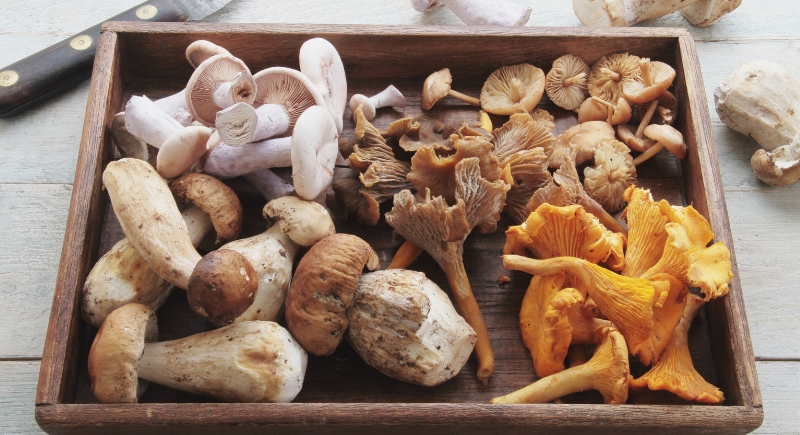
Credit: Canva
Add mushrooms to dinner for a couple of nights, and you’ll get compounds that are useful for good digestion as well as reduced inflammation and cellular aging. On this note, registered dietitian Asako Miyashita also believes that mushrooms are key in healthy aging as they regulate immune function and feed beneficial microbes.
Tomatoes
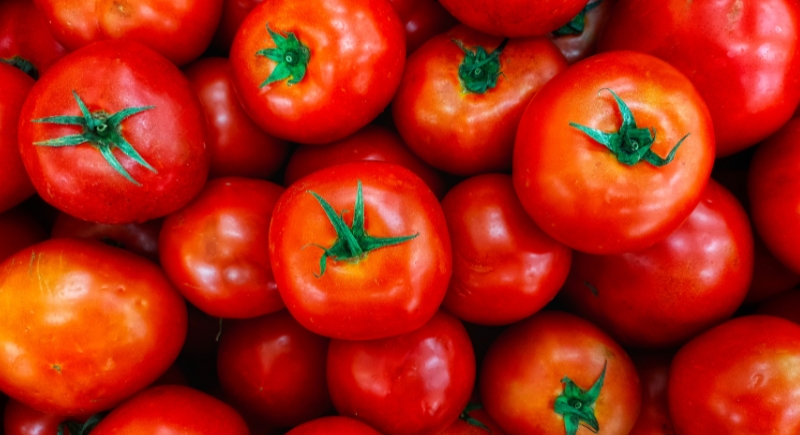
Credit: Canva
Heat changes the way tomatoes behave nutritionally. Once cooked, they release higher amounts of lycopene, an antioxidant that may protect against prostate cancer and sun damage. The key is combining tomatoes with fat to help absorb the nutrients. In this case, tomato sauce with olive oil does the job without extra effort.
Olive Oil
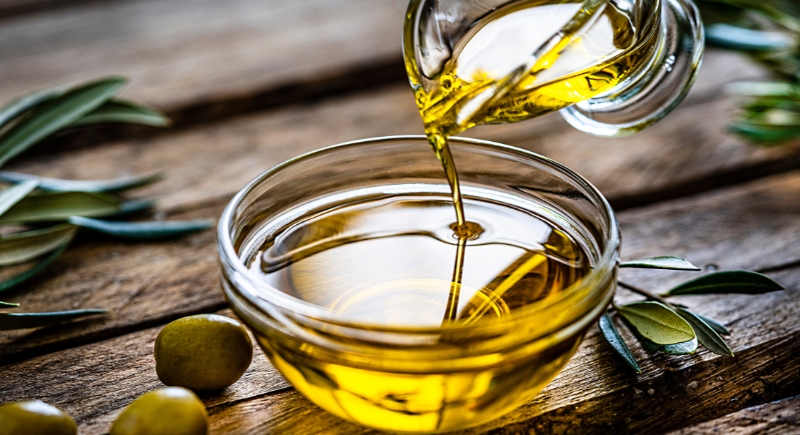
Credit: Getty Images
You don’t need much olive oil for it to be useful—just a spoonful or so each day. Studies have connected regular consumption with a lower risk of dying from heart disease, cancer, and neurodegenerative issues. That might be thanks to the antioxidants and anti-inflammatory compounds it contains.
Seaweed

Credit: Getty Images
You won’t find seaweed in most pantries, but it plays a big role in countries with the longest-living populations. However, it is important to avoid heavily seasoned seaweed snacks, which are often loaded with salt. Plain dried versions, like wakame or nori, are easy to use. Rehydrate and toss into soups or sprinkle on rice dishes.
Dark Chocolate

Credit: Getty Images
Good-quality dark chocolate–the kind with 70% or greater cocoa–contains flavonoids that support blood flow and may contribute to the versatility of your arteries. One or two squares daily is enough—more than that, and the calories start to outweigh the benefits. Eat it slowly, maybe with some almonds or fruit.
Leafy Greens
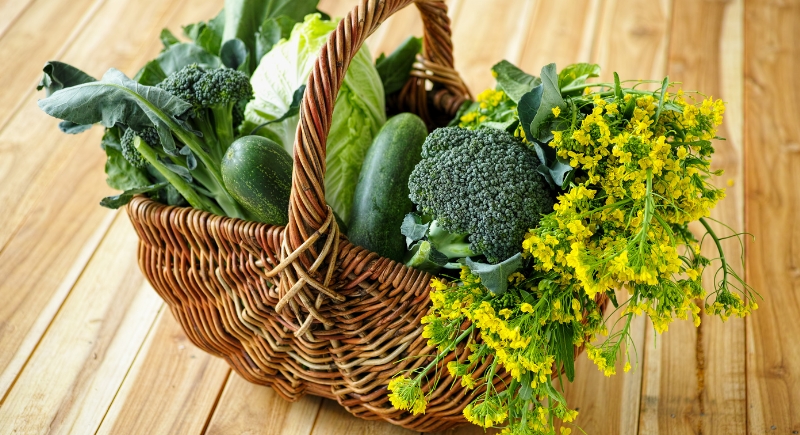
Credit: Getty Images
People who eat raw vegetables usually show lower rates of heart disease, but the prep matters too. Add nuts or a fat-based dressing to absorb fat-soluble nutrients. Try mixing types—bitter, soft, crunchy—to make salads interesting. Wilted greens also work well stirred into pasta or soups. They’re inexpensive, quick to prep, and worth repeating in meals.
Sweet Potatoes

Credit: Getty Images
Roasting sweet potatoes brings out their natural sweetness without needing added sugar. They're high in fiber, vitamin A, and slow-digesting carbs that aid in glucose control. In Okinawa, one of the regions known for exceptionally long lifespans, sweet potatoes make up a large part of the traditional diet.
Green Tea
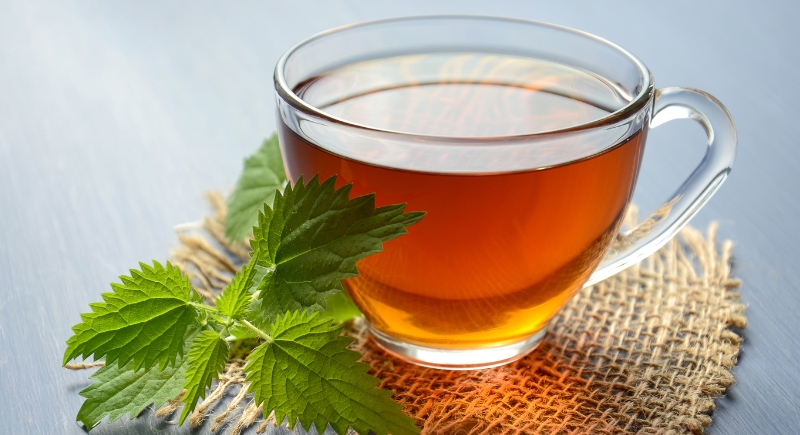
Credit: pexels
Drinking several cups of green tea each day may prevent the possibility of early death. In a long-term study of over 40,000 Japanese adults, those who drank five or more cups daily had a significantly lower mortality rate. Brew it at lower temperatures to protect catechins, the antioxidants that provide much of the benefit.
Avocados

Credit: Getty Images
Ripe avocados work well in both savory and sweet dishes. Slice them over grain bowls, layer into sandwiches, or mash with lime and garlic for a simple spread. Beyond toast, they offer versatility without much seasoning. Their monounsaturated fats pave the way for better heart health, all with two servings a week.
Cruciferous Vegetables
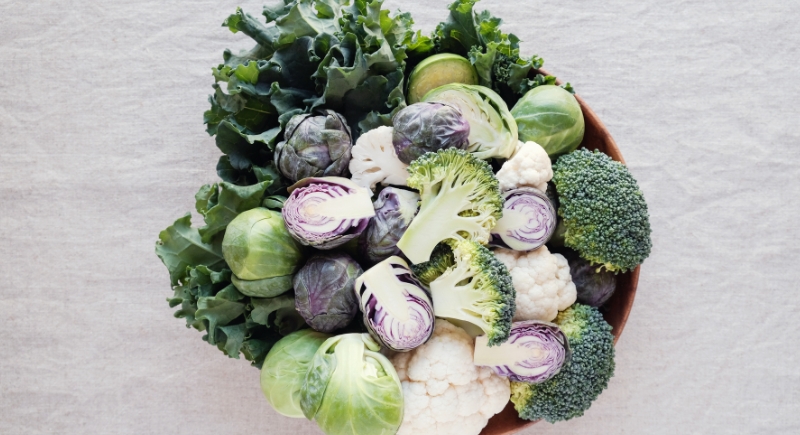
Credit: Getty Images
Including a variety of cruciferous vegetables in your weekly meals can offer real health benefits over time. These vegetables activate detox enzymes, lower inflammation, and have been linked to reduced cancer risk in multiple studies. Light cooking preserves their nutrients, while chopping enhances the release of key compounds.


